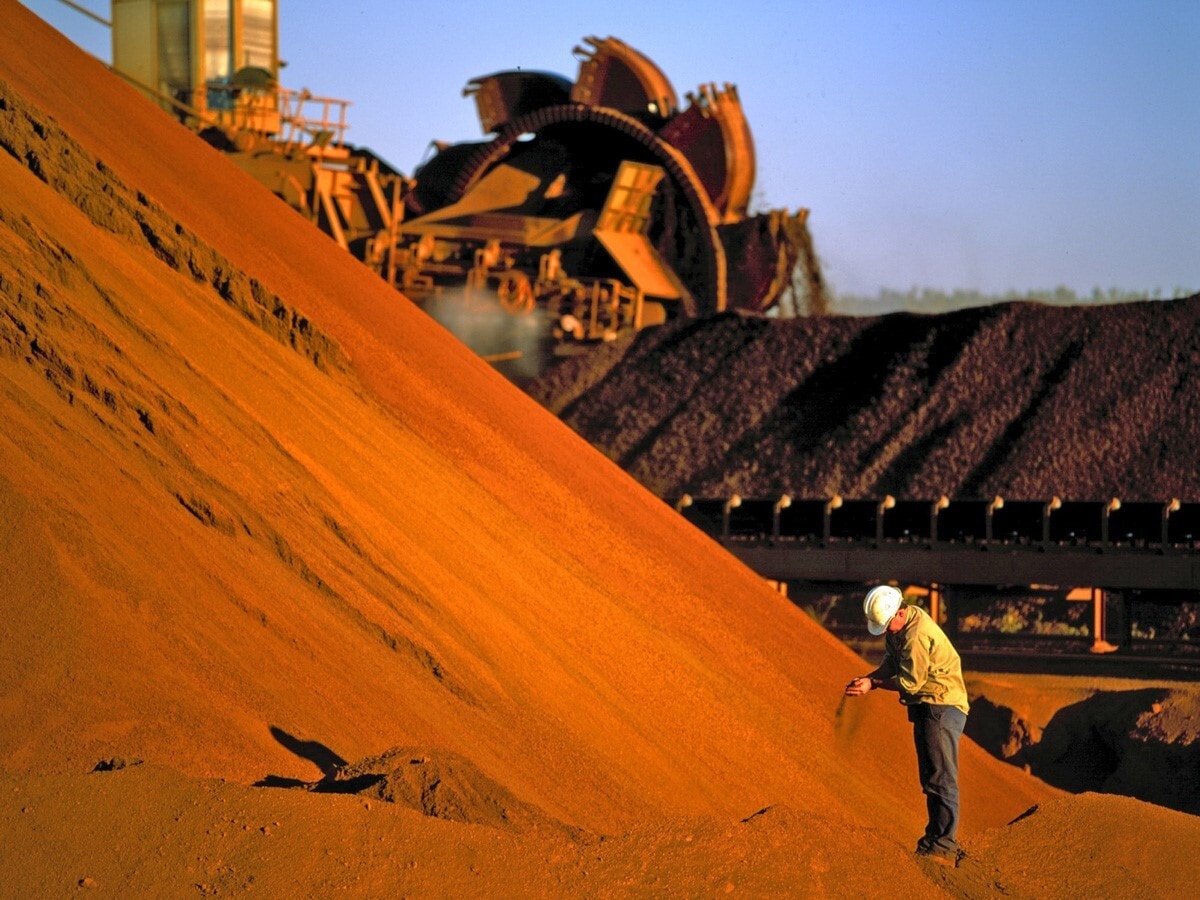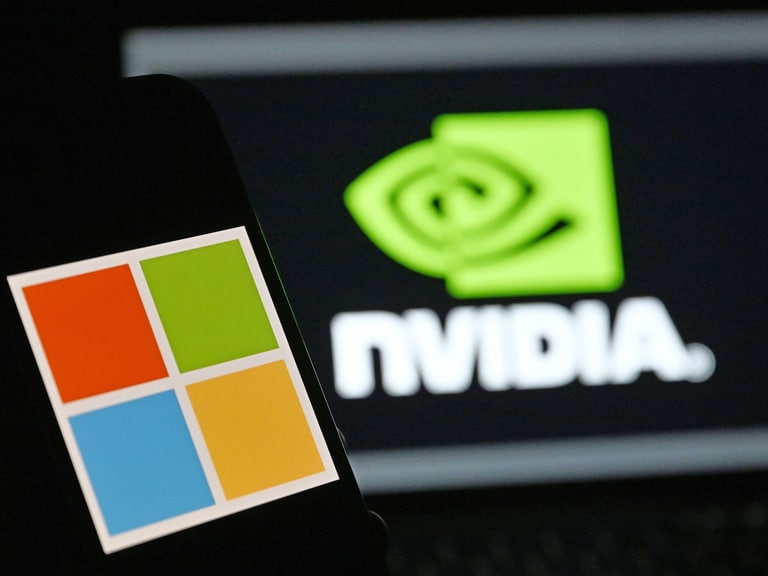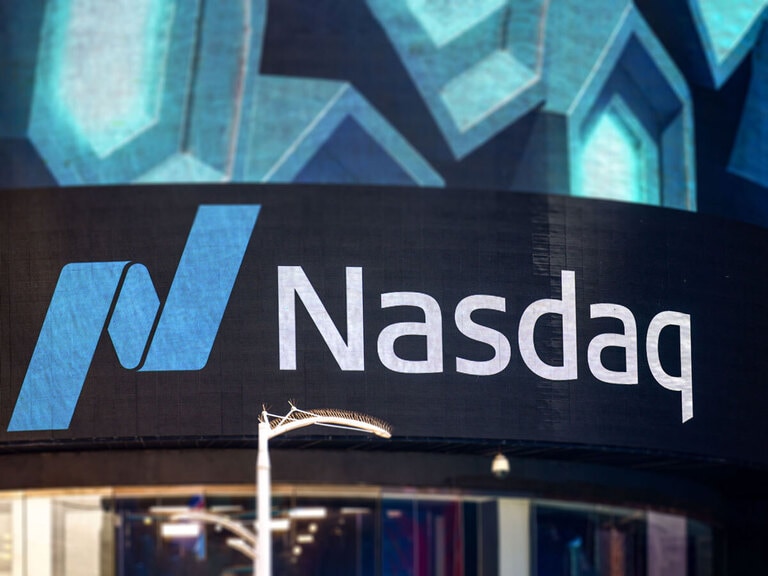Rio Tinto was dealt a blow this month as Berenberg reiterated its ‘sell’ rating on the stock — the announcement coming shortly after a downgrade from Citigroup. Yet the miner’s share price has been soaring since the beginning of November. A reopening of the Chinese economy — the world’s biggest iron ore customer — could decide what happens to the share price next year.
Berenberg analysts dealt Rio Tinto’s [RIO.L] share price a blow last week by reiterating their ‘sell’ rating on the Anglo-Australian miner. The analysts also kept their 4,000p price target on the stock, representing a 31% downside on Friday’s close of 5,385p.
Back in October, Berenburg had reiterated the same rating. At the time, the analysts said that business won’t improve without a return in iron ore demand from China.
Berenburg’s announcement follows Citigroup downgrading Rio Tinto to ‘buy’ from ‘neutral’ earlier this month. Citi managing director Ephrem Ravi trimmed his price target to 5,800p from 6,000p, and lowered earning per share estimates for FY23 and FY24.
Ravi explained that the recent upswing in Rio Tinto’s share price has been driven by the prospect of China’s economy reopening. Yet this was unlikely to happen until the second half of 2023. In the meantime, there’s likely to be a sharp downturn in steel production.
In contrast, Jefferies analyst Raj Jilka maintained his ‘buy’ rating on the stock along with a 6,700p price target in a 30 November research note.
China downturn weighs on Rio Tinto stock
Rio Tinto delivered record profits last year thanks to high commodity prices and strong demand from China for iron ore. The strong results have helped Rio Tinto’s share price gain 18.15% this year, outpacing the FTSE 100’s 0.38% gain.
However, prices of key commodities have since fallen. In the first six months of this year, Rio Tinto reported profit after tax of $8.9bn, down 28% year-on-year from $12.3bn. Although it’s worth pointing out that that figure is still 169% higher than it was in 2020.
Iron ore is a huge money market for Rio Tinto, accounting for two-thirds of underlying cash profits in the half year. China is the biggest customer for the ore, which it uses in steel production to support large construction projects. Yet a combination of a global economic slump, weakness in China’s property sector and the country’s tough Covid restrictions have led to demand subsiding.
In October, Rio Tinto trimmed its full year production guidance across several commodities as weakening demand was felt in the third quarter. The miner said that commodity prices had continued to fall in the quarter and that there were further risks to demand as the economy slows.
"Fears of recession are emerging on the implementation of aggressive interest rate hikes in the US and Europe, while a weak property sector continues to weigh on China's economy," Rio Tinto said in a statement.
Rio Tinto added that China had been “challenged” by weakness in its property market, power shortages and Covid restrictions. Steel production in the country was 9% lower year-on-year.
Still, Rio Tinto’s share price has accelerated over 23% since the start of November on the prospect of a reopening of the Chinese economy. Last week the Chinese government announced an easing of Covid restrictions which could help an economic recovery, and boost iron ore demand.
Where next for Rio Tinto’s share price?
Despite an easing of demand, Rio Tinto’s iron ore operation is highly profitable. Costs at its flagship Pilbara iron are expected to be between $19.50-$21 per tonne this year. Yet the spot price of iron ore was $99.50 a tonne on 18 November, according to reporting agency Argus — a substantial margin.
In the long term, Rio Tinto hopes to move away from iron ore to metals that contribute to global decarbonisation efforts, like aluminum and copper, both of which are needed for the production of solar panels and electric car batteries.
This shift was given a fillip on Friday when shareholders of Turquoise Hill accepted Rio Tinto’s $3.3bn offer to buy all of the shares in the Canadian miner that it didn’t own. The deal gives Rio more control of the Oyu Tolgoi copper mine in Mongolia. The mine is crucial for Rio Tinto’s metal expansion strategy as it will become the biggest copper mine when it reaches full production of around 500,000 tonnes per year by 2030.
As it stands, the 22 analysts polled by Refiniv have a 5,588.64p price target on Rio Tinto’s stock. Hitting this would see a 4.2% decline on Friday’s close.
Disclaimer Past performance is not a reliable indicator of future results.
CMC Markets is an execution-only service provider. The material (whether or not it states any opinions) is for general information purposes only, and does not take into account your personal circumstances or objectives. Nothing in this material is (or should be considered to be) financial, investment or other advice on which reliance should be placed. No opinion given in the material constitutes a recommendation by CMC Markets or the author that any particular investment, security, transaction or investment strategy is suitable for any specific person.
The material has not been prepared in accordance with legal requirements designed to promote the independence of investment research. Although we are not specifically prevented from dealing before providing this material, we do not seek to take advantage of the material prior to its dissemination.
CMC Markets does not endorse or offer opinion on the trading strategies used by the author. Their trading strategies do not guarantee any return and CMC Markets shall not be held responsible for any loss that you may incur, either directly or indirectly, arising from any investment based on any information contained herein.
*Tax treatment depends on individual circumstances and can change or may differ in a jurisdiction other than the UK.
Continue reading for FREE
- Includes free newsletter updates, unsubscribe anytime. Privacy policy





